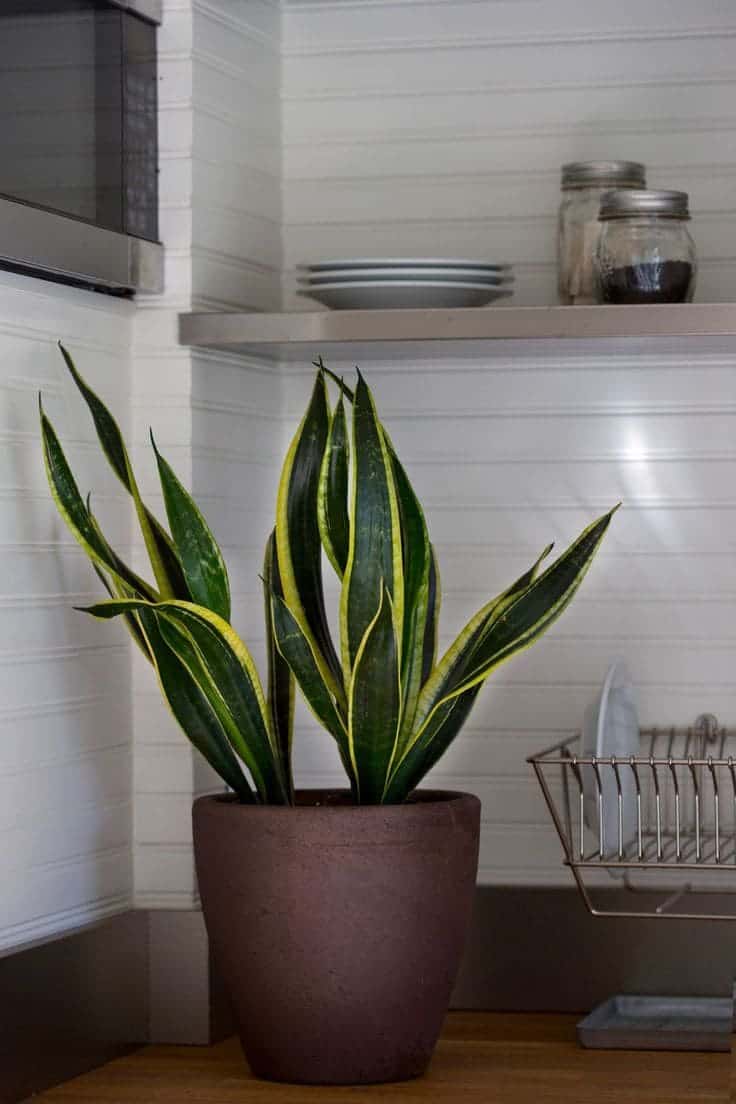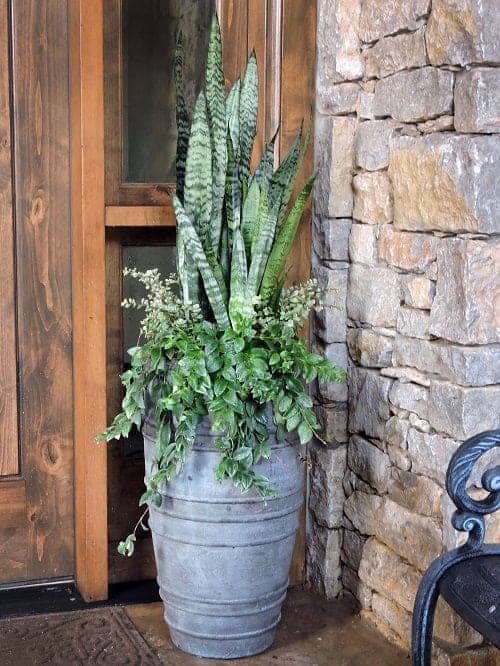2. In Dark, Airless Corners
Snake plants are famous for tolerating low-light conditions, but there’s a difference between low light and no light.
I once stuck mine in a dim, forgotten corner of my house, thinking it would survive. Sure, it didn’t die immediately, but its vibrant green leaves became dull, and it stopped growing altogether.

You should choose a spot with at least some indirect natural light or supplement with a grow light if necessary. Even a few hours of low, indirect light can make a difference.
3. Next to Drafty Windows or Doors
During one particularly cold winter, I placed a snake plant near my front door. Every time someone opened the door, cold drafts hit the plant, and before long, its leaves turned mushy and began to droop.
This’s harmful as snake plants are tropical in origin and prefer temperatures between 60–85°F (15–29°C). Cold drafts or sudden temperature fluctuations can cause stress, leading to leaf damage and even root rot.

You need to place your snake plant in a stable-temperature environment, away from windows or doors that frequently let in cold air. Avoid spots near air conditioning vents or heaters.

